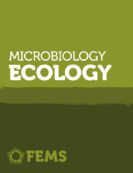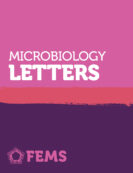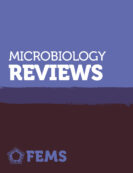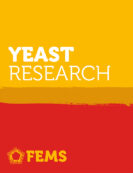FEMS Microbiology Letters Oral Presentation Prize: Benoît Laventie
Pseudomonas 2019
FEMS Microbiology Letters awarded an Oral Presentation Prize at Pseudomonas 2019 to Benoît Laventie. You can read an interview with Benoît below.
Benoît Laventie
What is your current position and what was your scientific journey to get there?

I received my PhD in Strasbourg (France) in 2011, where I was working on Pore Forming Toxins of Staphylococcus aureus targeting leukocytes, under the supervision of Gilles Prévost. He passed on to me his passion for microbiology and trained me as an infection biologist with a taste for biochemistry.
I wanted to dig deeper in bacterial signaling and single cell life, and moved to the Biozentrum in Basel (Switzerland) for a Post Doc in the lab of Urs Jenal, where I recently became a Research associate.”
Could you describe the research your oral presentation covered?
We were curious to understand how bacteria initiate the first contact their host. We discovered that the flagellar motor of Pseudomonas aeruginosa mechanically senses the lung tissue. This triggers the production of the second messenger cyclic-di-GMP in only 20 seconds, activating adhesive pili to anchor the bacterium on the surface.
We were surprised to observe that the first divisions on the surface where asymmetric: the flagellated mother cell is decreasing its cyclic-di-GMP level to detach and spread, while the daughter cell stays and infects tissues locally.”
What do you hope to focus your research on in the future?
There is a significant gap between glass surface or cell culture models, and breathing lungs where there are mechanical constrains, a liquid/air interface, and an active immune system. We want to explore whether our model is relevant in a mice infection model, but maybe this program has evolved for other purposes such as root colonisation? On the molecular side, we continue to decipher the cyclic-di-GMP network, particularly how it affects the initial steps of infections and Pseudomonas virulence.
All but one of the FEMS journals are now fully open access (OA), with one journal, FEMS Microbiology Letters remaining a subscription journal with free-to-publish and OA options. Open access is key to supporting the FEMS mission of disseminating high quality research as widely as possible: when high quality, peer reviewed sound science is open access, anyone, anywhere in the world with an internet connection, can read it.







